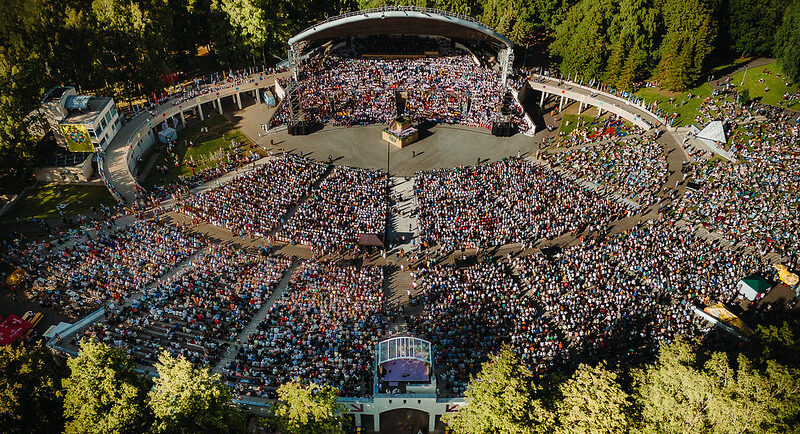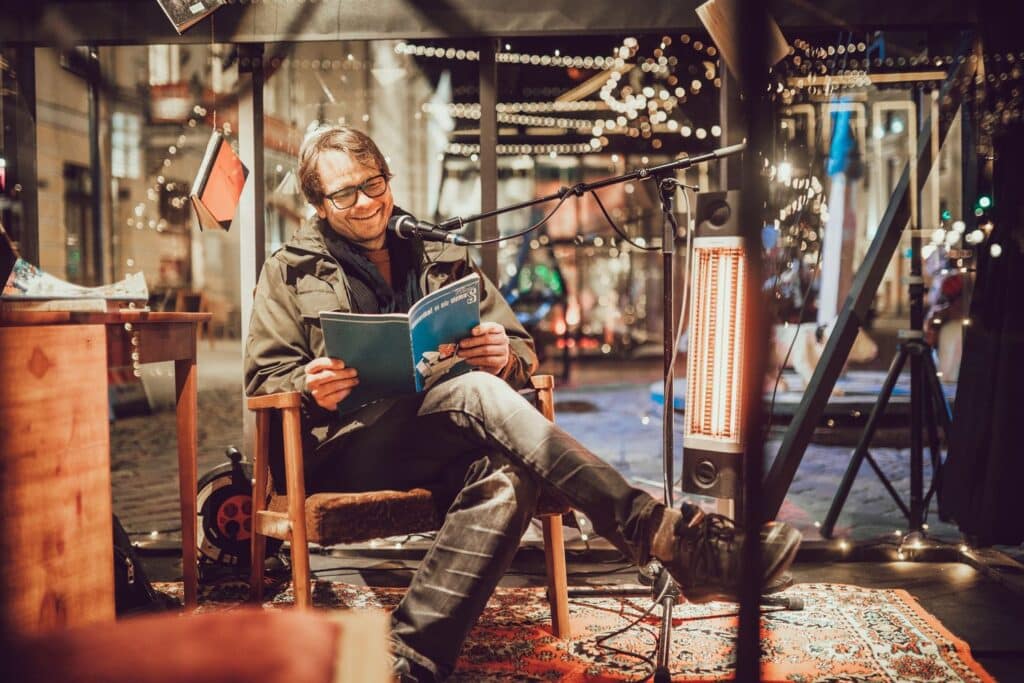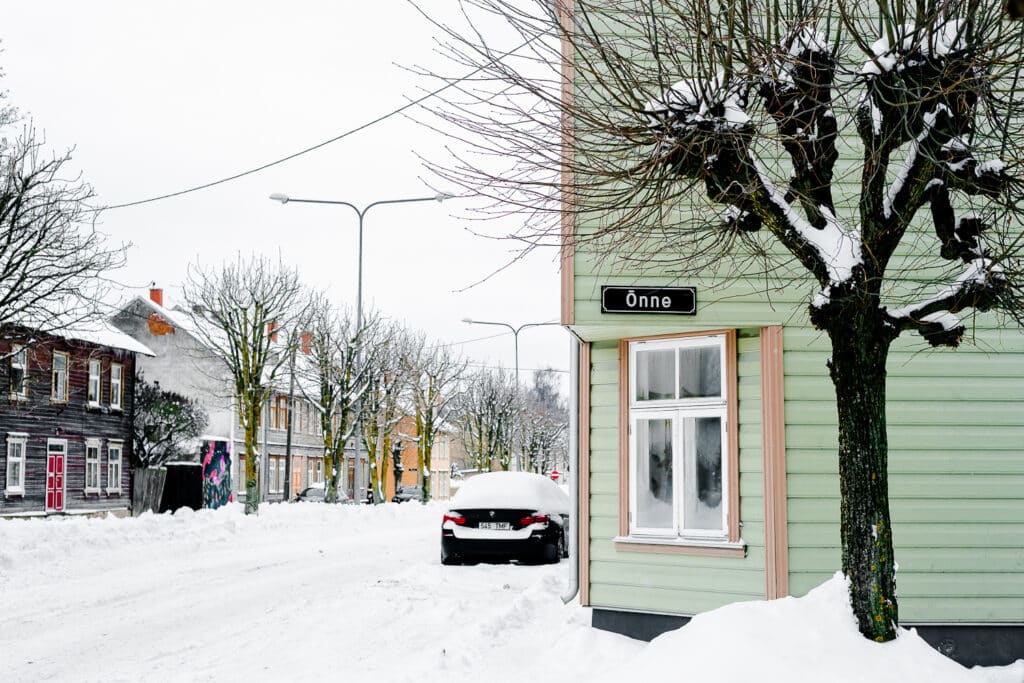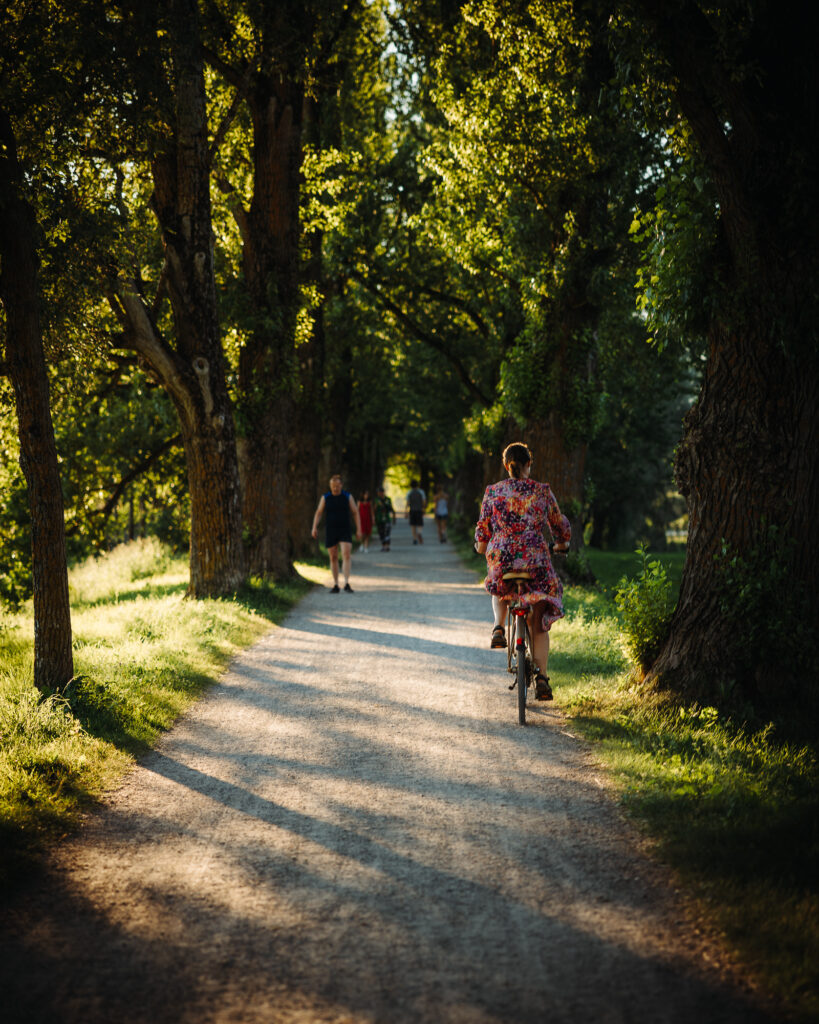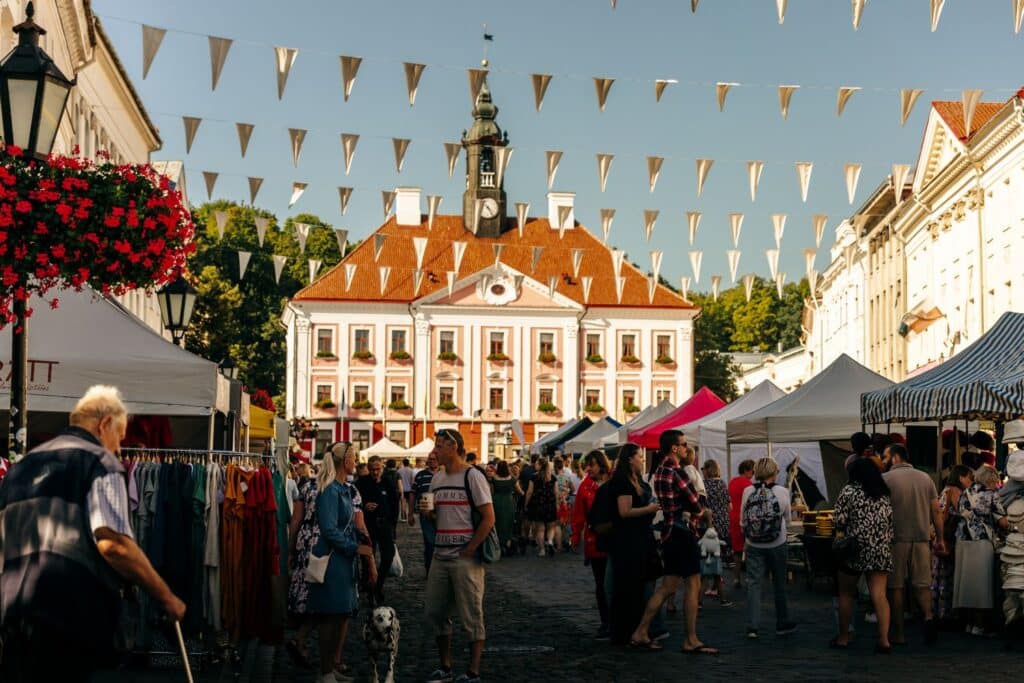Many names, one love
Throughout a long and colorful history, Tartu has had many different names – Tarbatu, Dorpat, Dorpt, Dörpt, Derpt and Yuryev, and there is no other city in Estonia that has been devastated and burnt down as much as Tartu. Today, Tartu is an important center, being the second-largest city in Estonia.
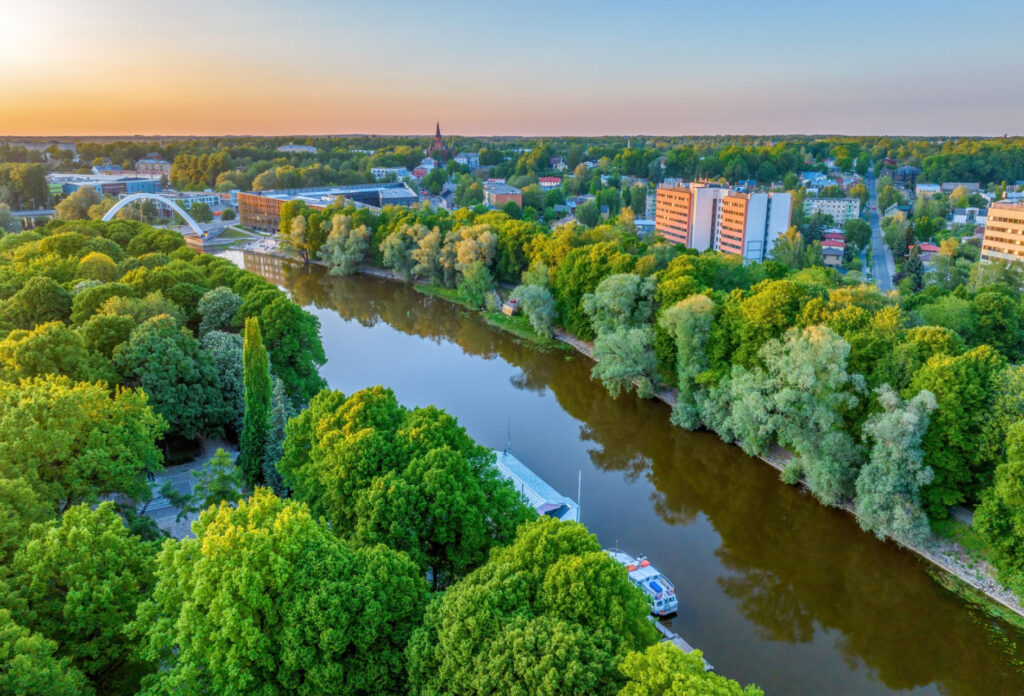
On the swampy plains of Emajõgi River, where the sandy hills that had formed on the area of Tartu made crossing the river easier, a settlement emerged already several centuries ago. The existence of the castle situated on the foreland of Toome dates back to the 5th century, and the discovery site of the settlers of Kunda culture, which lies in the city’s current boundaries in Ihaste, could extend Tartu`s history even up to 10,000 years. In the old Russian chronicles, Tartu was first mentioned in the year 1030, when the troops of Yaroslav the Wise captured the city. These written sources make Tartu the oldest city in the Baltic States. As early as in the year 1061, Estonians recaptured Tartu from Yaroslav the Wise, and in the war against the German Teutonic Order, which started in the second half of the 13th century, Tartu was under the reign of different nations many times, until the year 1224 when it remained under German rule.
Tartu has changed hands
Bishop Hermann was enfeoffed with Tartu and its surrounding areas, and the city became a proud centre of the medieval vassal state – the Bishopric of Dorpat. In the 1280s, Tartu became a member of the Hanseatic League and evolved into a flourishing city of commerce along the trade route of Pskov and Novgorod. To this day, Hanseatic Days are celebrated annually in Tartu.
At the start of the Livonian War, in the year 1558, Tartu was conquered by the Russian troops, under whose reign the city remained until the year 1582, when the South Estonian area came under Polish rule according to the Truce of Yam-Zapolsky. During his reign, among other things, the king of Poland Stephen Báthory gave Tartu the permission to use a red and white flag with an equal horizontal split as the city’s flag, which together with the city’s coat of arms positioned in the centre, is in use to this day. During the Polish-Swedish Wars at the start of the 17th century, the city was under the reign of various foreign powers, until it finally remained under Swedish rule in the year 1625.
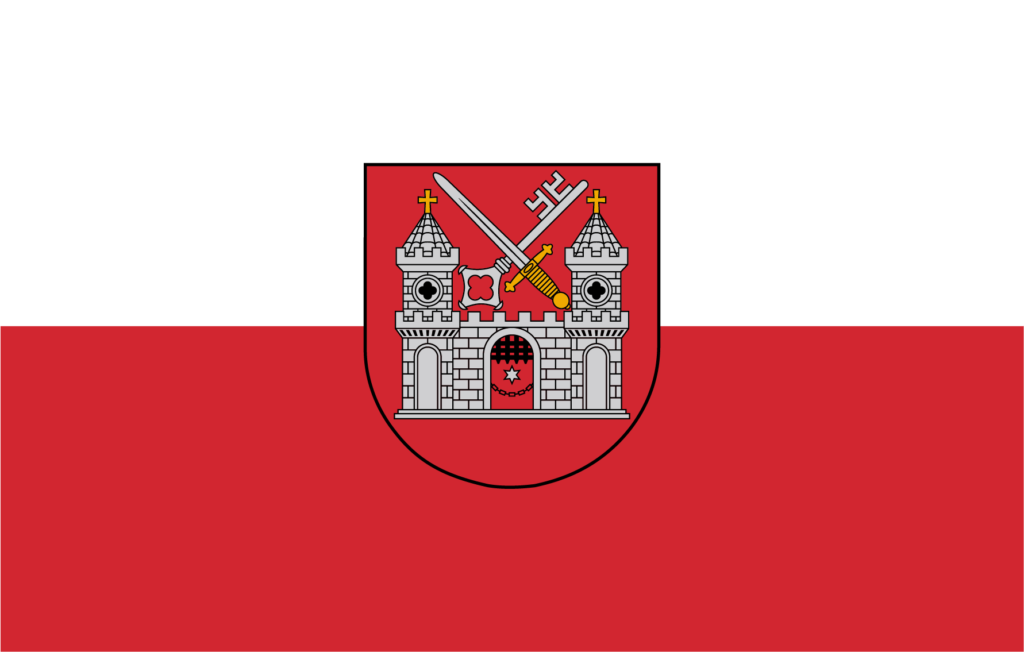
Center for Spiritual and Social Life
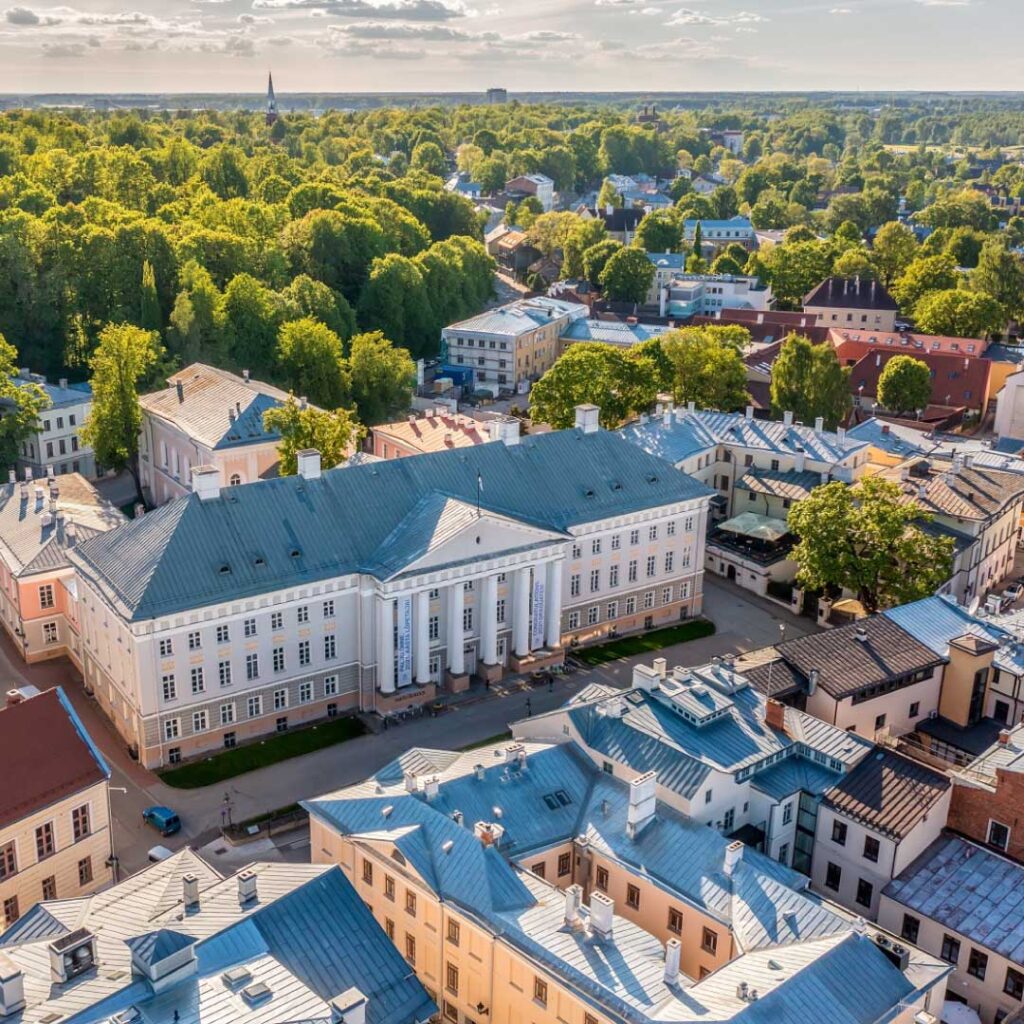
During Swedish reign, the first gymnasium in Tartu was founded (1630), as well as the first university in the year 1632, which was named Academia Gustaviana after its founder King Gustav II Adolf of Sweden. Nowadays, it bears the name University of Tartu, and is in the top 400 on the list of the world’s most prestigious universities. The power struggle continued and disrupted the university’s work – due to the heated international situation, the university was moved to Pärnu, where it eventually was even closed down. Ending up once again under Russian rule as a result of the Great Northern War, rebuilding of the war-torn city began, and at the start of the 19th century, the University of Tartu was also reopened.
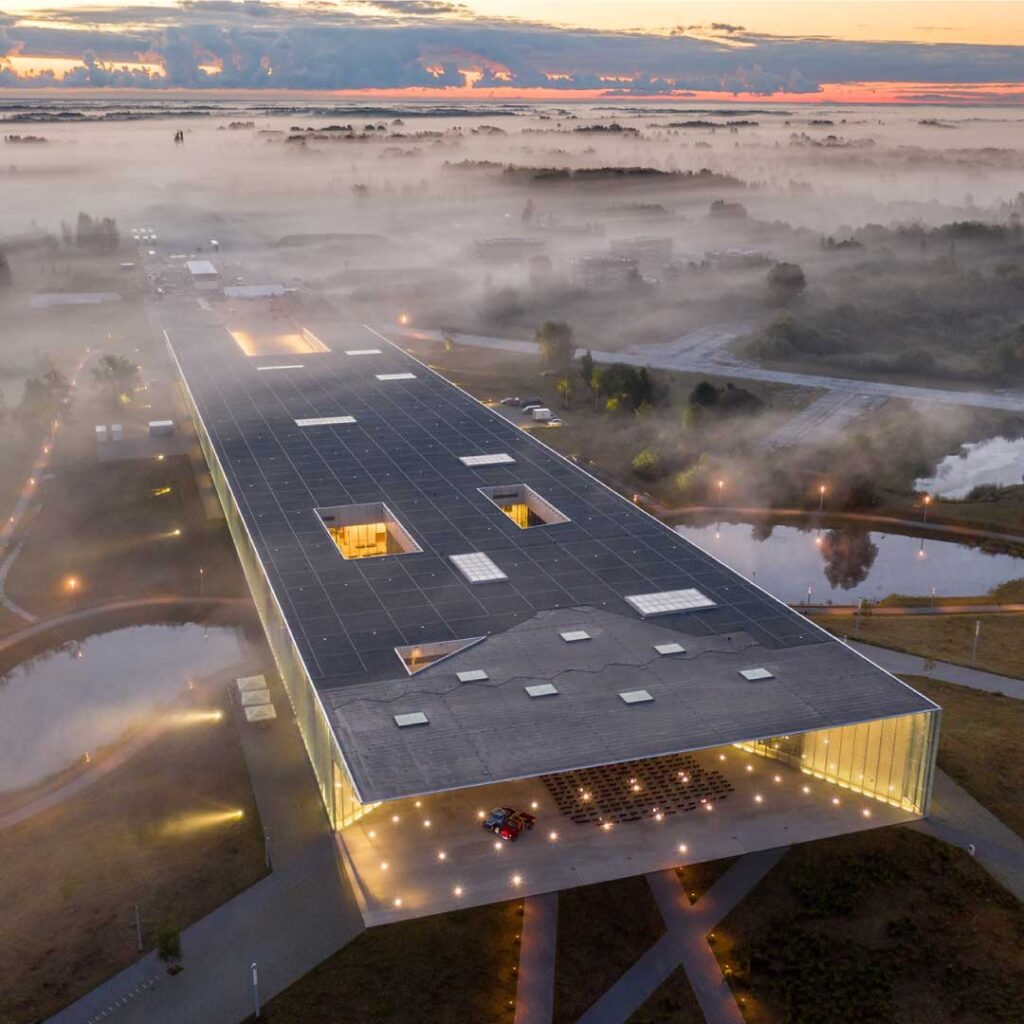
Tartu became an important intellectual centre of the Russian Empire, and later evolved into the centre of intellectual and social life in all of Estonia. During the beginning of the First World War, the city was controlled by German troops, but already in the year 1919, Estonia took back Tartu up until the occupation by the Soviet Union. In the years of 1944-1991, Tartu, together with the rest of Estonia, was part of the Soviet Union, and the city was closed to visitors due to various secret industrial enterprises and the airfield for strategic bombers located in Raadi.
The Town Hall Square and the Old Town
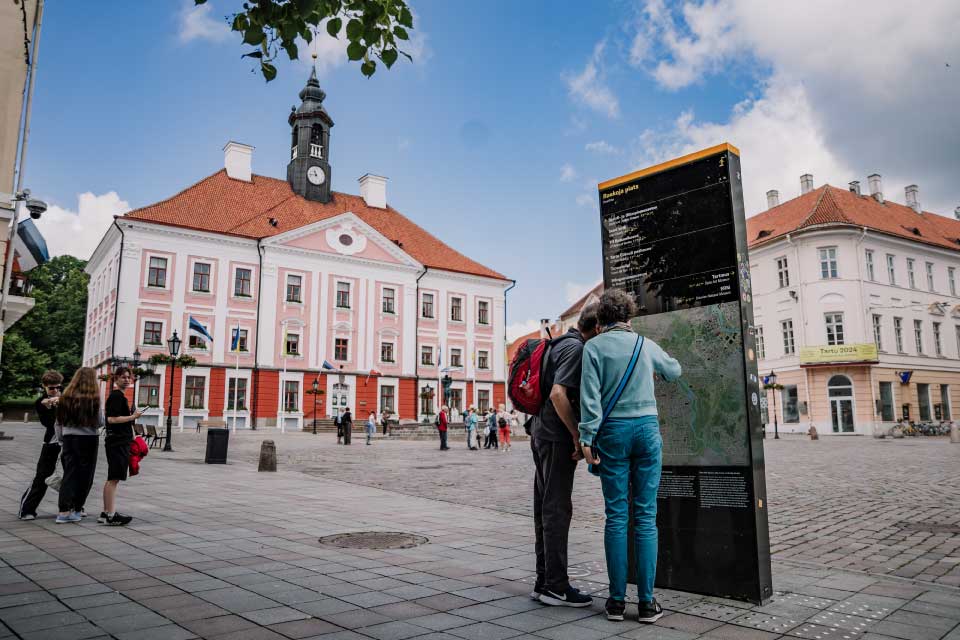
The history of the Town Hall Square, which has been the centre of the city for centuries, dates back to ancient times: as the area between Toome castle and the riverside harbour of Emajõgi, it evolved into an important trading area already in ancient times, and the tradition stayed ingrained for centuries. It is known that in the 18th century, the city’s most important market stood here – der Grosse Markt or the Great Market. Due to devastation and ravaging, Tartu has been in ruins many times, which is why the buildings in the city aren’t that old: buildings that have been constructed earlier than in the last quarter of the 18th century can rarely be found. Most buildings in the heritage conservation area of the Old Town are in the style of 19th century Classicism and subsequent Neoclassicism. The tower of the Town Hall in the Baroque style is an exception.
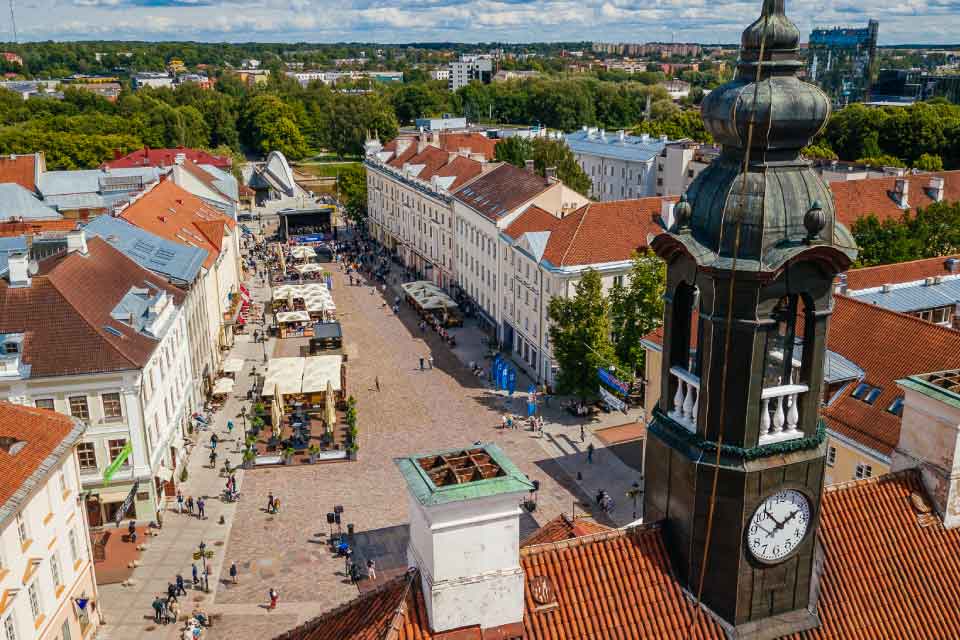
The Town Hall, currently the third building on the same site, was built in the Middle Ages as the centre of municipal power, and is home to the city’s administration also today. The Town Hall had to perform several functions simultaneously and for this reason its planning was extremely economical, in the past housing the town council, the city board of weights and measures, as well as the town prison, at some point in time also the bank rooms of the city. In the year 1922, a pharmacy was opened on the redesigned ground floor of the Town Hall, years later Tartu Visitor Centre was added on the same floor but on the other side of the building. Since the year 1998, the front of the Town Hall has been decorated by a fountain with the sculpture of the Kissing Students, which has become a symbol of Tartu as a student city.
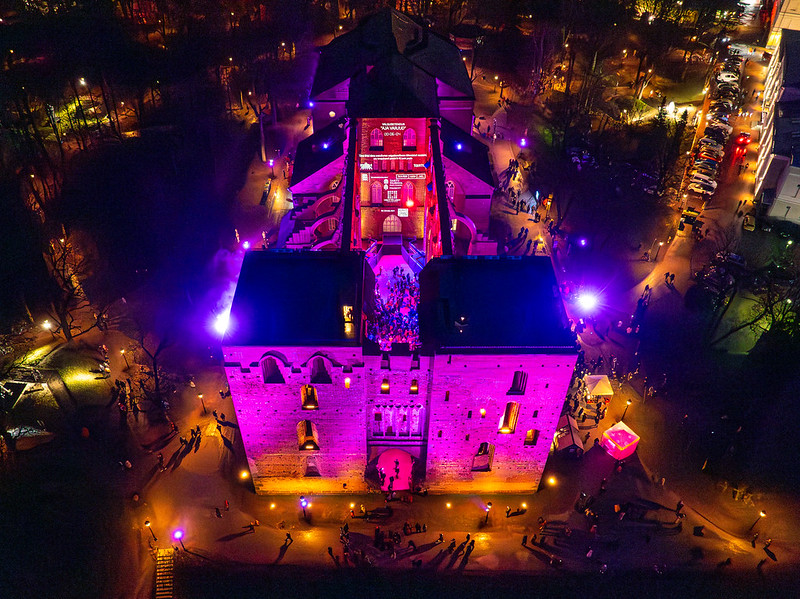
There are many historically important churches in the city: one of Northern Europe’s most unique examples of medieval sacral buildings, St. John’s Church, is located in the city centre. The ruins of the medieval cathedral church cannot be left unmentioned – the ruins are one of the most eye-catching examples of Old Livonian brick gothic buildings. During the Livonian War, the church was devastated. Nowadays, viewing platforms of the cathedral church are open to visitors, and from the platforms one can spot, among other things, the Art Nouveau style St. Paul’s Church and the neo-Gothic style St. Peter’s Church, both of which are located away from the city centre. Saint Paul and Saint Peter are patron saints of Tartu, whose symbols the sword and the key can also be seen on the coat of arms that evolved from the city’s medieval seal.
The cradle of Estonian culture
Tartu has played an important role in the development of Estonian culture and national consciousness: the first national elite stemmed from the local university, the first newspapers and cultural societies, the first national theatre – all began their work here, and the first national song festival took place here as well. Being the cradle of Estonian culture, Tartu has always drawn together good thoughts and intelligent people, proudly holding the title for the city of university and science. The local history of science stretches back several centuries, and many world famous scientists and scholars have lived and studied in Tartu. To commemorate the important figures, numerous monuments have been erected all over the city. Every year, the institutions of higher education attract more than a five-digit number of students to live in Tartu, bringing along the ideas and distinctive character of their homes, and all of them have a chance to leave their mark on Tartu and the history of science.
